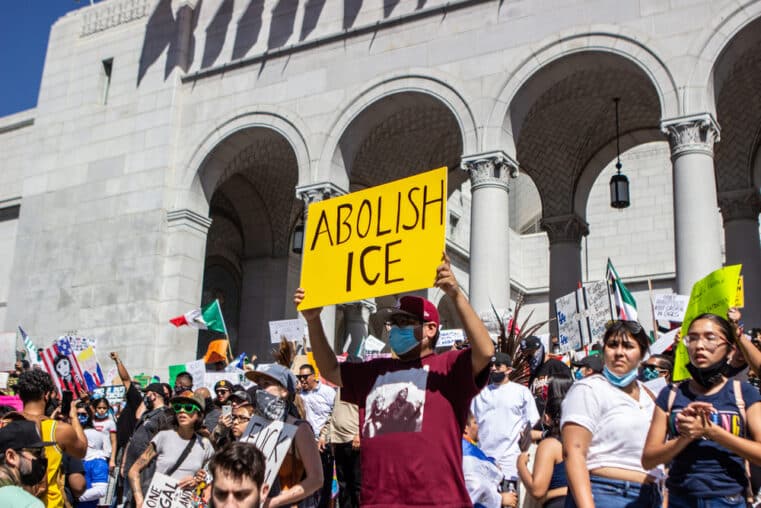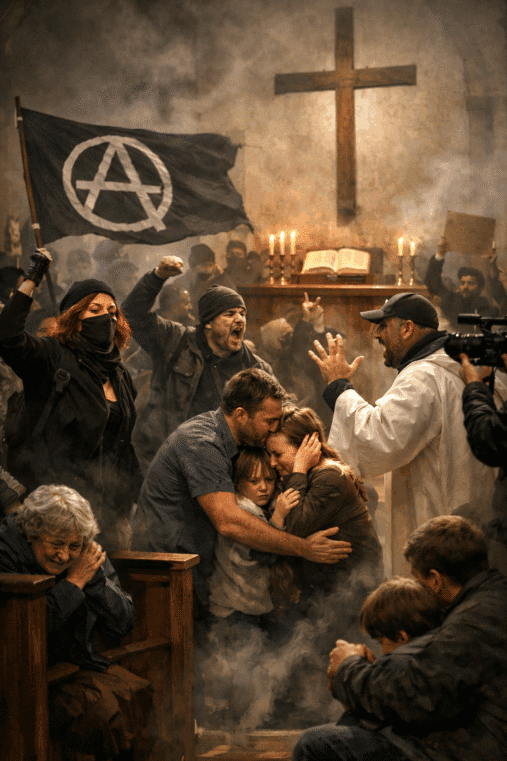
The Hidden and Dangerous Cost of Preventing Recessions
The history of boom and bust cycles in the US has shown that the Federal Reserve has played a central role in engineering the entire process.
The Fed is adept at using cheap credit, what we call “dark money,” to inflate financial bubbles under the banner of economic stimulus.
When the bubble bursts, a financial crisis always ensues. And then the Fed intervenes once again to try to fix the damage stemming from a process that it had facilitated from the get-go.
It’s a vicious cycle, like a doctor injecting a patient with an illness that only he or she can cure in order to repeat it again and again.
But in each iteration, the patient continually weakens. Something accumulates after each cycle.
And each accumulation raises the risk that the next cycle may do irreparable damage of the likes we haven’t yet seen before.
What’s accumulating is debt. Debt unpayable. In fact, the world’s debt levels are greater than before the 2008 financial crisis.
In the US, debt imbalances have built up to levels previously unseen.
As the Fed embarks on yet another inflationary cycle, lowering interest rates once again starting from levels already low with a national debt exceedingly high, one wonders about the level of damage that might befall the US economy this time around.
A major problem is that the Fed can’t stop the cycle. It can’t turn back. Efforts made to manage the economic cycle has hidden costs with unintended and often severe consequences.
Are central banks actually raising the risk of engineering more financial crises, similar to what we saw in 2008, by implementing monetary policies aimed at hyper-aggressively staving off recession or stimulating the economy?
Many economists and financial experts seem to think so.
For instance, take Jim Reid and Craig Nicol, Deutsche Bank strategists who published a lengthy report titled “The longest US expansion on record…. why, how and at what cost?”
They argue what many of us have suspected all along--that massive central bank policies sow the seeds of frequent financial crises.
While the old notion that periodic recessions are to the economy what periodic forest fires are to deadwood--in other words, a natural cycle--central bank and government intervention no longer makes this so. It has become a denatured process.
Although naturally-occurring recessions are necessary, if only to clear economic “deadwood” from the system, not one person wants to face the prospect of job loss. Politicians don’t like recessions because it can cost them votes, potentially ending their careers.
So artificial cycles by means of intervention have been regularly set in motion, so much so that people can no longer distinguish the natural from the manufactured economy.
As per Deutsche Bank’s Jim Reid:
“I think the problem is that after a build-up of many long cycles where leverage and debt has grown on a compounded basis, it is now difficult to let natural [economic] cycles evolve without systemic risk to the economy and major loss of jobs and activity. As such policymakers try even harder to avoid them, which actually perpetuates the problem.”
If intervention perpetuates the problem, then to what extent was the 2008 financial crisis perpetuated by the very authorities who tried to prevent such a blowup in the first place?
Reid, again:
“The seeds of the 2008 global financial crisis were probably sown in the early 1970s when we moved from a tightly controlled financial system where money was based on gold to a fiat money system where slowly but surely credit became widely available. Debt climbed from very low levels to high levels over many cycles without much creative destruction, as the new freedom to intervene meant you were able to prevent more challenging short-term situations arising but at a cost of higher debt.”
The leverage crisis that led up to the 2008 meltdown was merely the “tipping point,” the consequences of policies set forth 30 years prior.
So what does this mean for our current economic expansion, the longest in US history, as the Fed is poised to intervene once again, cutting interest rates amid the nation’s increasing levels of (unpayable?) debt?
Reid sees a more reflationary fiscal environment across the globe as we head into the next recession. This, of course, brings inflation, and governments will have to finance their way out of it.
In short, there’s more money printing to come.
So might the next financial crisis resemble the one we had in 2008? Chances are that it won’t.
“It’s difficult to see the next crisis being a banking one as banks are now much better capitalized. So I don’t have a strong view on what the next recession looks like,” Reid says.
But what he does see, given the excessive leverage in the global economy, are a series of mini-financial crises happening on a more regular basis.
For investors in or nearing retirement, such events can be disruptive if not devastating to their wealth, lifestyle, and livelihood.
And if policymakers are able to successfully reflate the system, the assets you don’t want to be holding are bonds.
Nominally, bonds may hold, according to Reid, as central banks will likely cap yields.
But in terms of real value and purchasing power, there’s plenty of “wealth destruction” on the horizon.
Unlike in 2008, there may be no defaults. But this time, inflation will erode the value of capital.
And there’s only one safe haven asset that may be able to withstand this erosion: Gold.










